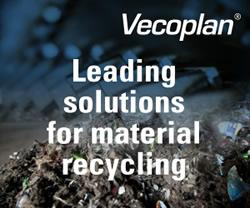JA Solar Multi-Si Solar Cells Reach Record Efficiency Levels
The breakthrough follows JA Solar's recent progress in high-crystal quality, low dislocation density multi-Si casting and wafering.
SHANGHAI, China, Aug. 1, 2013 -- JA Solar Holdings Co.,
manufacturers of high-performance solar power products, today announced that
its multi-crystalline silicon ("multi-Si") solar cells have reached an
industry-leading conversion efficiency of 18.3%.
The new level of conversion efficiency, which has been independently
certified by the Yangzhou Opto-Electrical Products Testing Institute,
eclipses that of all previously certified industrial size (156x156 mm2)
multi-Si solar cells. The breakthrough follows JA Solar's recent progress in
high-crystal quality, low dislocation density multi-Si casting and wafering.
JA Solar's R&D and production teams plan to integrate the new technology
into existing manufacturing lines for assembly into modules for commercial
use.
"This latest advance is a real testament to the exceptional R&D work going
on at JA Solar, and another key step in our efforts to meet the growing
demand for high-performance solar power products," said Mr.
Yong Liu, CTO of JA Solar. "The superior conversion efficiency we've
achieved with our multi-Si cells and the rest of our product offering
creates significant value for customers as it increases power generated per
square foot and lowers installation cost per watt."
"These record-breaking results are a testament to the continued leadership
of our R&D team," added by Dr. Wei Shan, chief scientist and general R&D
manager of JA Solar. "We look forward to leveraging our improved multi-Si
technology to meet the needs of our customers and project partners."
Featured Product

Vecoplan - Planning and implementation of complete processing plants in refuse derived fuel production
In order to reduce the costs involved in the energy-intensive production of cement, many manufacturers are turning to refuse-derived fuels (RDF), considerably reducing the proportion of expensive primary fuels they would normally use. Solid fuels are being increasingly used - these might be used tyres, waste wood or mixtures of plastics, paper, composite materials and textiles. Vecoplan provides operators of cement plants with proven and robust components for conveying the material and separating iron and impurities, efficient receiving stations, storage systems and, of course, efficient shredders for an output in various qualities.
